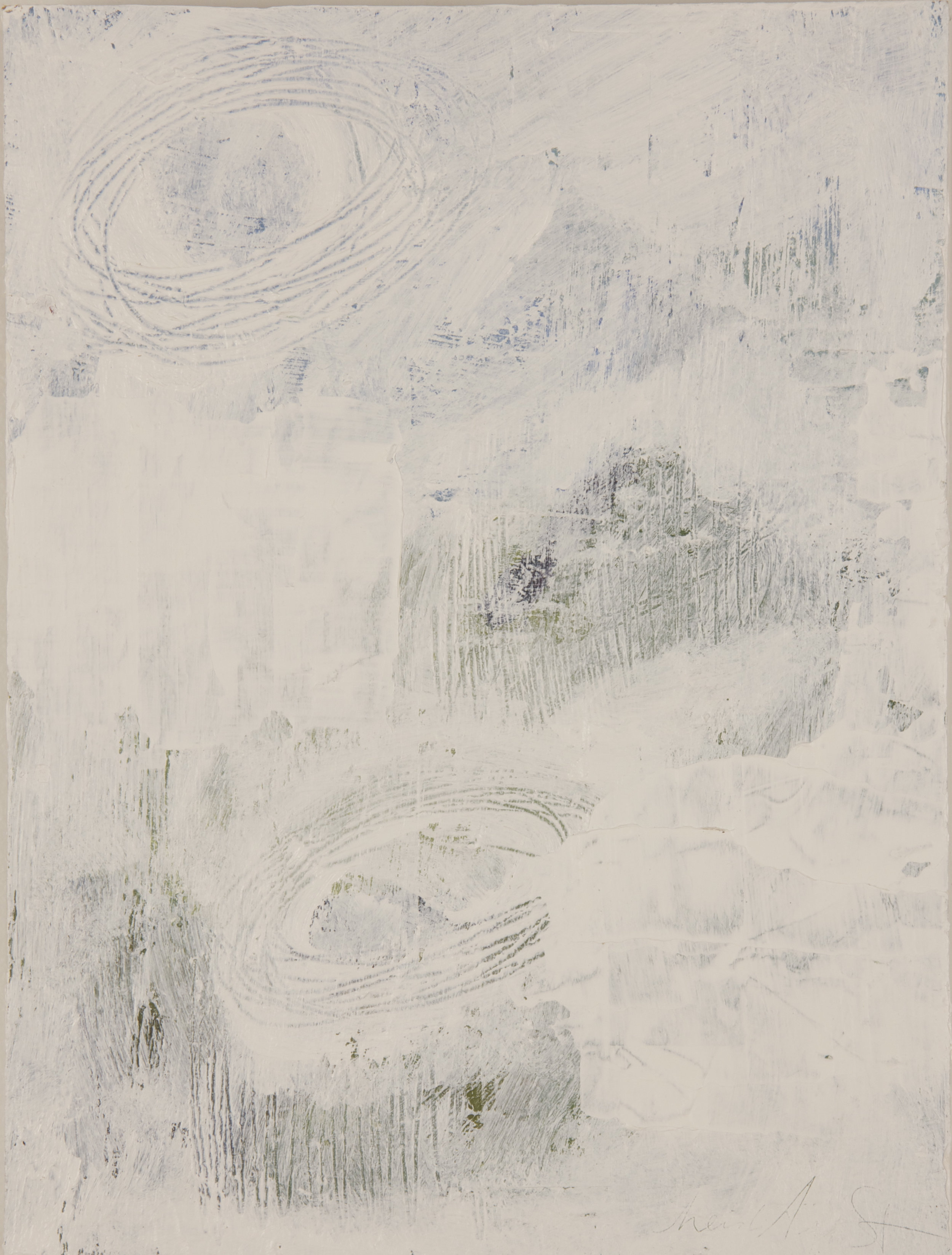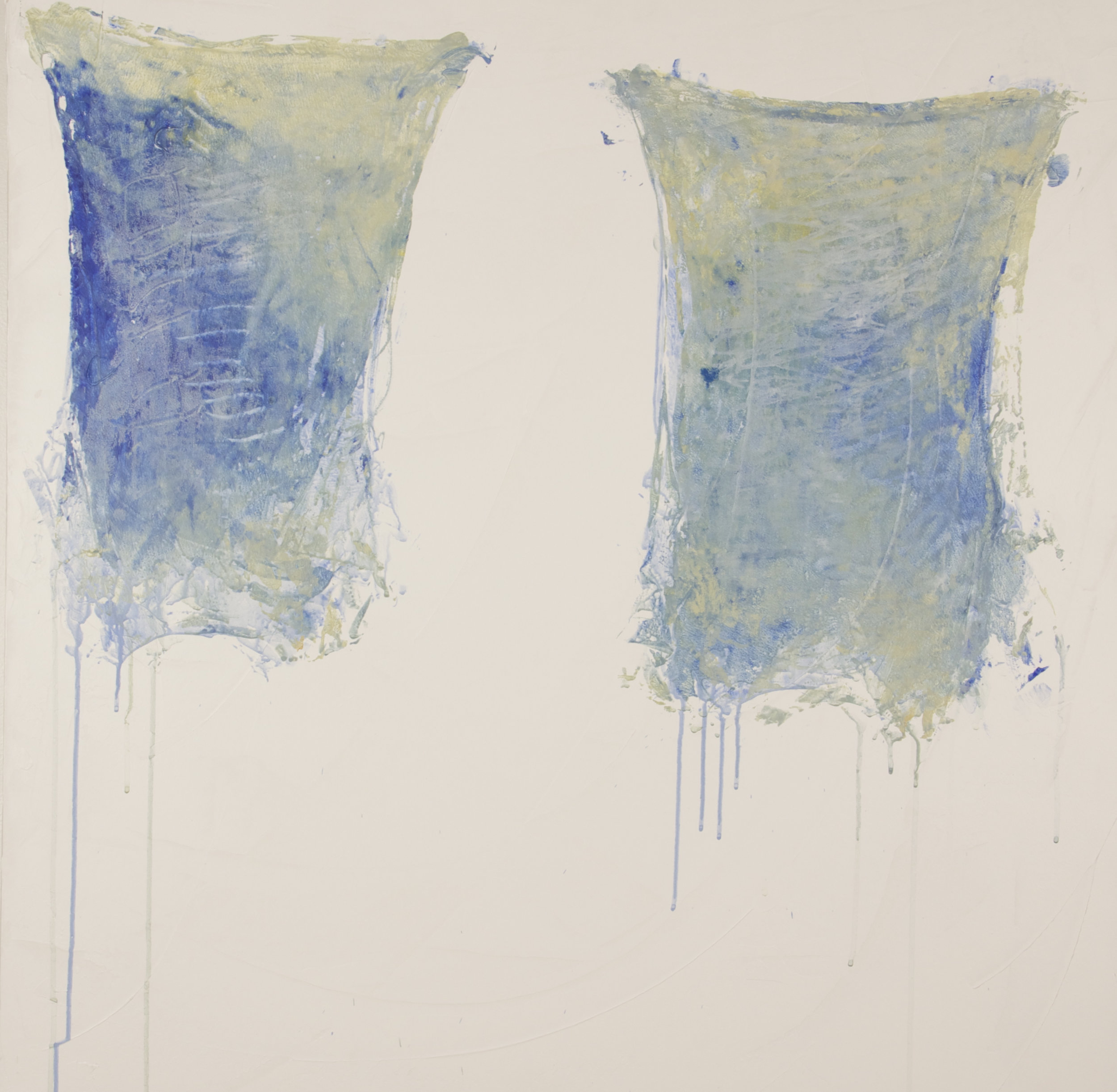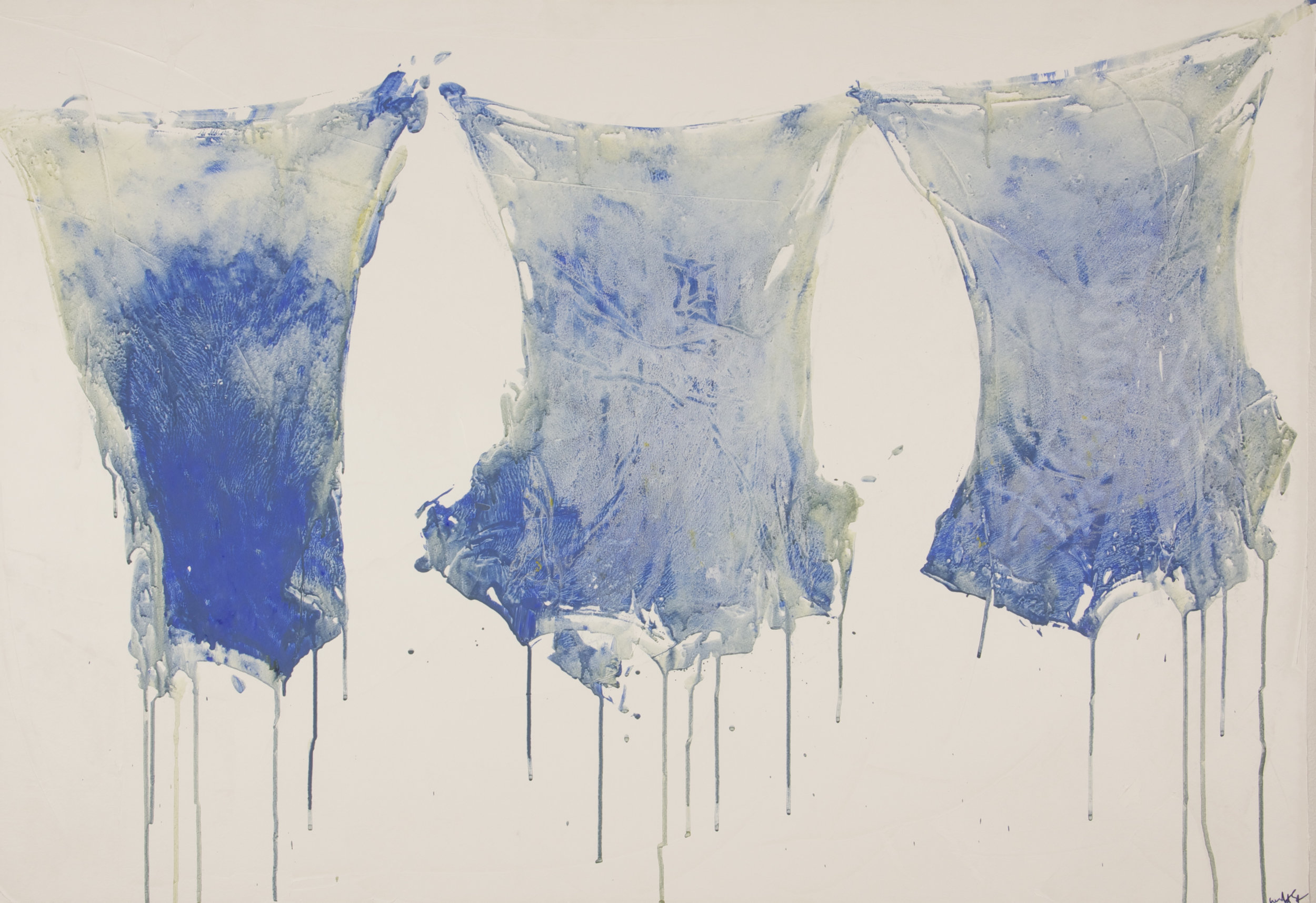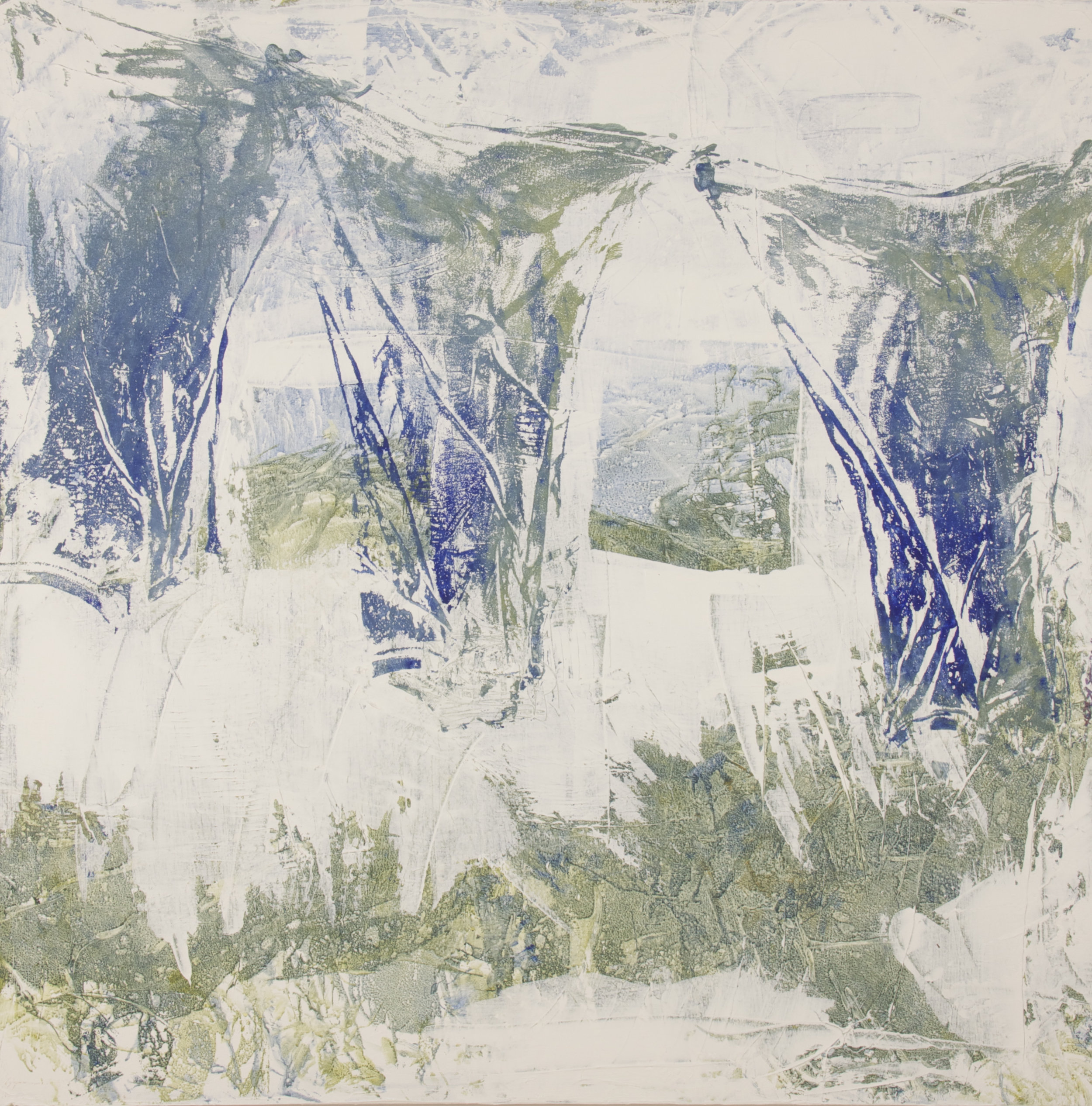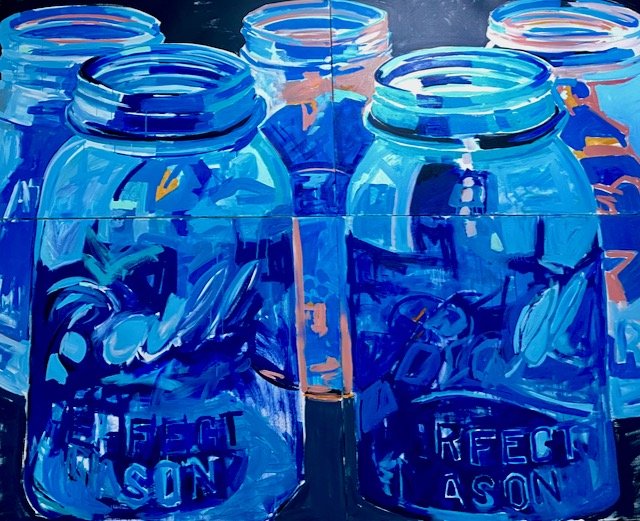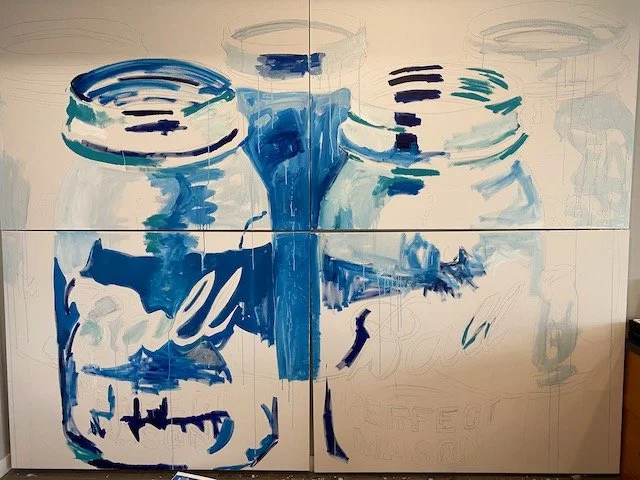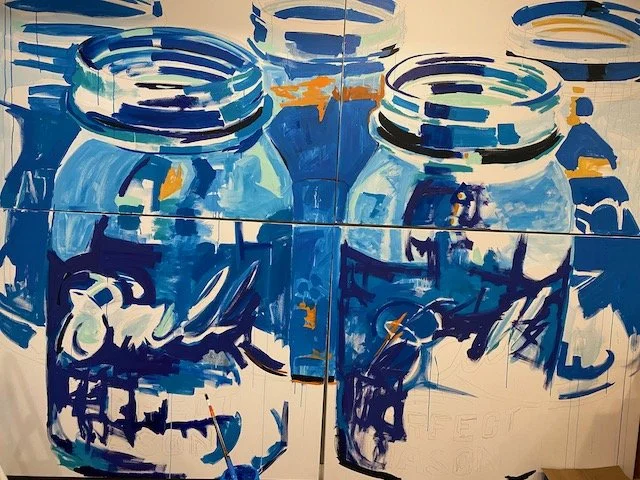




Far Away So Close, 2020









VIDEO REFERENCES:
01 What Was Left Behind | Sarah, Acrylic on Chipboard, 44 x 55", (c) Heidi Jeub 2020 LINK
02 The Chosen Ones / Ras, Acrylic on Chipboard, 44 x 55", (c) Heidi Jeub 2020 LINK
03 Flashbacks Marge, Acrylic on Chipboard, 44 x 55", (c) Heidi Jeub 2020 LINK
04 Technically Jim, Acrylic on Chipboard, 44" x55"h, (c) Heidi Jeub, 2020 LINK
05 Stories | Kate, Acrylic on Chipboard, 44 x 55"h, (c) Heidi Jeub, 2020 LINK
06 Unplanned | Ashley, Acrylic on Chipboard, 44 x55"h, (c) Heidi Jeub, 2020 LINK
07 Too Much Time with Myself | John, Acrylic on Chipboard, 44 x55", (c) Heidi Jeub, 2020 LINK
Far Away So Close TimeLapse compilation LINK
Stories Around Food:
Food Systems
"Stories Around Food: Food Systems"
Acrylic on Canvas, 2020, 8' x 10'w
Led by Heidi Jeub
"Stories Around Food: Food Systmes" is a mural painting project led by Heidi Jeub, a painter and public artist, inspired by conversations with the community of Little Falls, Minnesota. This project celebrates the age-old tradition of sharing stories about food, a practice that brings people together across cultures and generations. The final mural is a vibrant reflection of these shared narratives and is now on display at Sprout MN, a food hub in Little Falls. The mural continues to promote storytelling within their food hub, shared-use kitchen, marketplace, and event space.
This project is a partnership between Sprout MN and Heidi Jeub, funded in part by Five Wings Arts Council and ArtPlace America’s National Creative Placemaking Fund, which was awarded to the Region Five Development Commission. These collaborations have made it possible to bring this community-driven artwork to life.
REMOTE, 2019-2020
fortuitous recovery (2019)
fortuitous |fôrˈto͞oədəs|
(adjective)happening by accident or chance rather than design
recovery |rəˈkəv(ə)rē|
(noun) a return to a normal state of health, mind, or strength
Fortuitous because I had no idea what I was doing. Recovery because I realized I actually did.
Using materials that bring me back to the zone of late night architecture school, I create a bas-relief series of basswood, vellum, graph paper, and graphite, designing fortuitous relationships between each element. Past works (Acrylic on Canvas, 2013-2018) are selected and inspired by segments of architecture reviews, periodicals, and terminology found in the stacks of Rapson, giving some conceptual grounding to paintings done intuitively, without thought of my architectural influences.
Exhibition : October 1, 2018 - January 4, 2019
20 years ago, I had no idea what I was doing. I abandoned what I thought I wanted to be: an architect. “I didn’t even know where the Louvre was,” I actually told that to Dean White. When researching the field, my attentions could not stay on the task at hand, but instead I would get snagged by ideas for not just a few minutes, but for a few decades.
I realized that forms stayed with me over time, like a memory of my first kiss or my mother’s spaghetti. The form that stuck showed up in my paintings from the beginning, organizing my work. The Grid. I repeat this form to the point that I am no longer thinking about the action of making paintings. I get lost in the shape, and could be there to an almost infinite period.
…the grid is fully, even cheerfully, schizophrenic…logically speaking, the grid extends, in all directions, to infinity… (Krauss, 1979, p 60).
Krauss’ comment about the schizophrenic grid as never-ending seems spot on. The grid became a character in my work, no longer a formula. Pain was finding refuge in the never-ending creation of gestural squares all within reach of each other.
It served as clarity for me because it was about relationships. Not just on the flat page, but between the person and the object, the drawing of objects and the space not used. This station point, as it is called, is a concept I knew before I knew the word for it, is how I have approached my work, knowing how it would land in the end in a space with a person standing and absorbing it all.
There was a point when I discovered that where the building ends, begins the life of that space, that I did not want to be an architect anymore, but, rather, one who watches intently to see what is built from that day forward.
nexus |ˈneksəs| noun (pl.same or nexuses)
a connection or series of connections linking two or more things: the nexus between industry and political power.
• a connected group or series: a nexus of ideas.
• the central and most important point or place: the nexus of allthis activity was the disco.
Architectural systems are not about the walls that are built but how the people flow through that space. HVAC pipes push air to where we need to be cool or warm, or take away toxic air that would make us uncomfortable. So when we think of systems that are bigger than what we can see, are we being given the air to breath, or are we saved from the discomfort of our own toxicity?
This work is a visual representation of such systems. It could be applied to any aspect of our discourse in politics, social justice, spirituality or ourselves. It is meant to prompt questions of the larger system, not just about our own selves within that system.
When creating GRIDS, as found in the work in this exhibit, the ideas of our communities are so narrowly focused on the moment/day/space/idea at hand. Issues and ideas are being dropped with a simple click of the track pad or swipe of the screen. One tragedy is outshining another injustice. This is a daily occurrence.
The victims are our neighbors, but we find comfort in blaming them for not being like us... in this house... with these locks. Until we are truly affected by the system that breaks into our space, will we realize that we are all affected.
This is not meant to be a hopeless analysis of our society, but rather, to be aware of the walls that hold us in, and reach through the windows and doors that are passages past complacency and disengagement. Tell your story and listen to other’s stories. Feel a pain that you may not ever have to endure. Look into the eyes of those you are told to fear. Let love be the air you breathe and let toxic hate be taken away.
- Heidi A. Jeub, 2016
Pigeons, 2017
A bird that is underestimated because of their boldness and street smarts. More colorful than a peacock, they adapt to the environment we provide them in city or country.






Abstracts, Acrylic on Canvas, 2015












Abstracts



























Sartell Mill Studies, Acrylic on Canvas


Public Art Projects
TRUNKS
Community Bench (2015) Little Falls, Minnesota
Stainless Steel and Fallen Ash Stumps
Sartell Papermill Project
(2013-2014) Multi Sculpture project commemorating the Sartell Paper Mill, Sartell, Minnesota
Repurposed materials from fallen mill
Dino Project
(2020) Staples, Minnesota
Wayfinding Collaboration with Lakewood Health Systems
Abstracts, Acrylic on Canvas, 2013





















Laundry / Economy, Acrylic, 2011-2012














